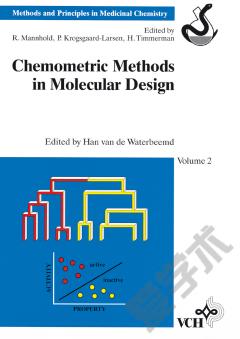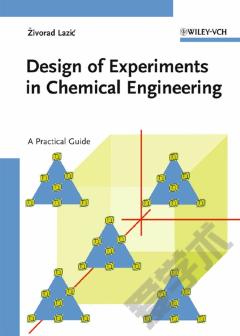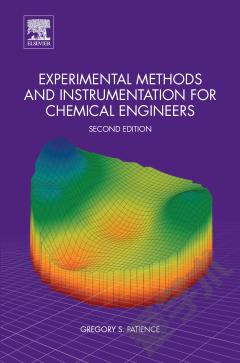Experimental Design: A Chemometric Approach
The techniques of experimental design comprise a branch of statistics often ignored by analytical chemists. Formal experimental design principles are rarely included in the chemistry curriculum, either at the undergraduate or graduate level. Moreover, many researchers fail to take advantage of these techniques when investigating the experimental factors that affect chemical analyses. Deming and Morgan should be given high praise for bringing the principles of experimental design to the level of the practicing analytical chemist. In an exceptionally lucid, easy-to-read presentation, the authors develop experimental design techniques from the basics of response surfaces to advanced techniques for multiple-factor experiments. A major goal of the work is to allow chemists with limited statistical expertise to master the principles of experimental design. In this regard, chapters are included on basic statistics, model building, and hypothesis testing. Many examples are worked and discussed in the text. In addition, each chapter is accompanied by numerous exercises. An appendix summarizes the rudiments of matrix algebra necessary for performing the matrix least-squares operations that are common throughout the last half of the book.
{{comment.content}}








 京公网安备 11010802027623号
京公网安备 11010802027623号